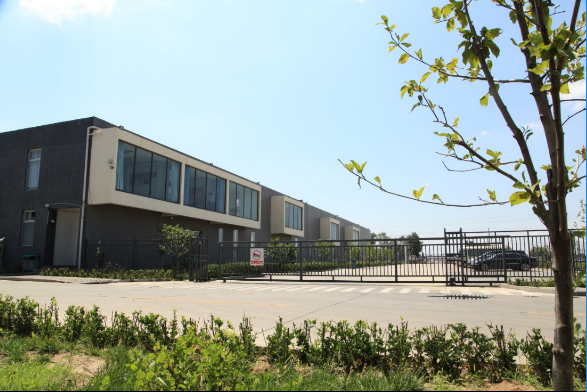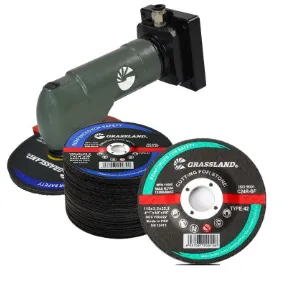

Cubic Boron Nitride (CBN) is not as hard as diamond but is harder than Silicon Carbide and Aluminum Oxide. It's preferred for grinding hard ferrous materials due to its chemical stability and thermal resistance, which prevent the abrasive from reacting with iron. CBN provides a longer tool life and offers remarkable wear resistance, making it a reliable choice for high-performance applications, particularly those involving high-speed and superalloy grinding. Another commonly used abrasive is Zirconia Alumina, praised for its self-sharpening ability and long service life. It is often utilized in high-pressure grinding applications like steel fabrication and metalwork, where heat accumulation poses a concern. This abrasive ensures cooler cutting and better grain retention, making it a trusted option for heavy-duty operations where continuous performance and reliability are critical. Each abrasive type presents distinct advantages and operational efficiencies based on its physical properties and the context of its use. Selecting the appropriate abrasive involves understanding the workpiece material, desired finish, and operational constraints such as speed and heat generation. By leveraging the specific properties of each abrasive type, professionals can optimize their grinding processes to achieve superior results in terms of precision, durability, and cost-effectiveness. Ultimately, the choice of abrasive is foundational in any grinding operation. A deep understanding of the properties, strengths, and weaknesses of each type enables professionals to make informed decisions, aligning their choice with the specific technical demands of the task. In the ever-evolving world of production and manufacturing, remaining knowledgeable and adaptable to new abrasive technologies and techniques ensures sustained efficacy and trustworthiness.
Post time:Jan - 10 - 2025

















